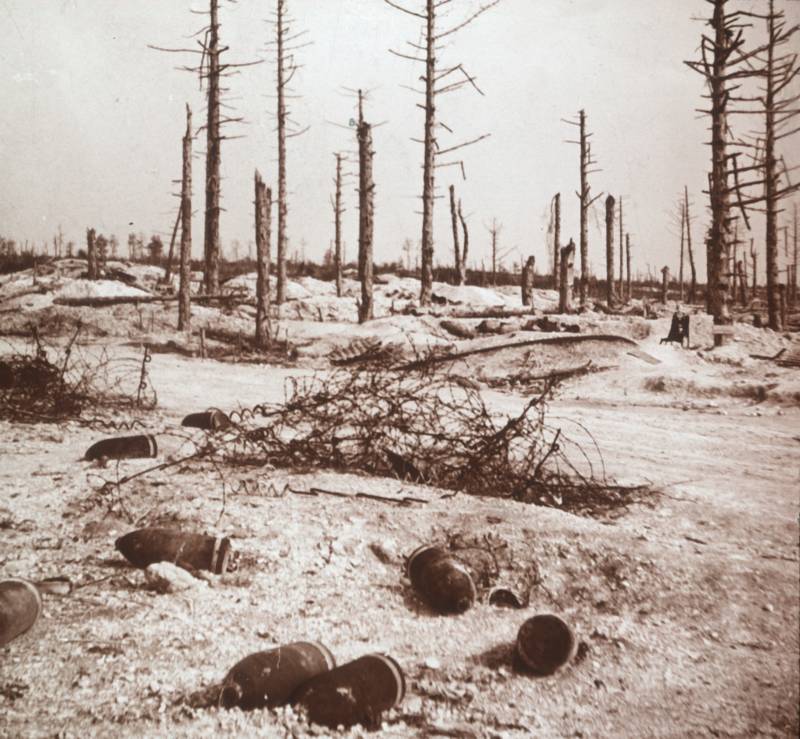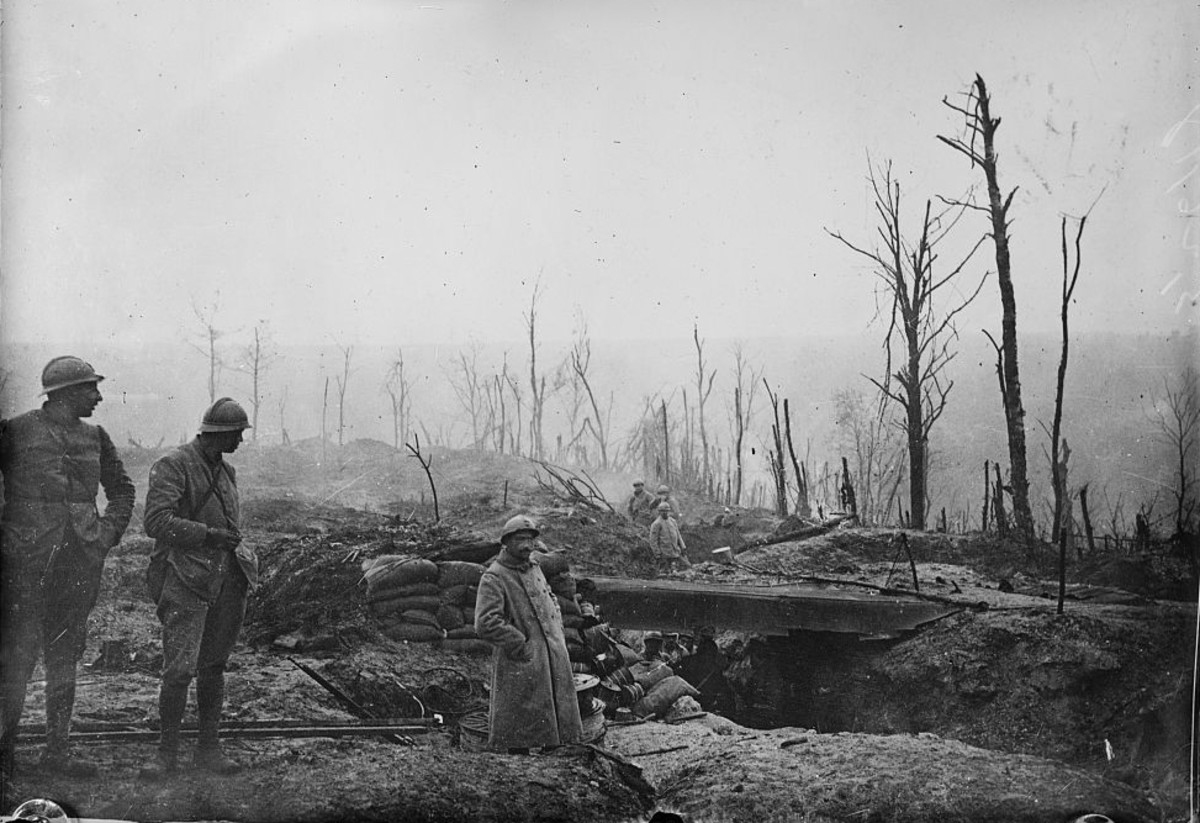

Until the recent return of the surviving archival records from the former Soviet Union, this has constrained research on the German side of the battle. Historiography of the battle has also suffered from the destruction of the German army archives during bombing in World War II. Some of the key German and French titles have been translated into English, but most have not been. However, the vast bulk of this literature has been in German or French, with only a few important studies in English. As such an important battle in World War I in particular, and in European history in general, it has generated considerable interest from both military and civilian observers. Taylor once described the battle of Verdun as “the most senseless episode in a war not distinguished for sense anywhere.” Despite this, or perhaps because of it, the battle has subsequently been used by modern France and Germany as a unifying experience for the two nations. The battle was also a great propaganda victory for the French, but one won at extraordinary human cost. The battle ended in obvious defeat for the German army, which led to the replacement of the German chief of the general staff, General Erich Falkenhayn. Most units of the French army and many of the German army fought in what was described by both sides as the “hell of Verdun.” Between the battle’s start and the end of August (when the Germans ceased offensive operations), some 281,000 Germans and some 315,000 Frenchmen were killed or wounded. For most of 1916, German and French soldiers fought tooth and nail for a few square miles of terrain around the French fortress city of Verdun, in what was the quintessential “battle of attrition” of World War I. Launched by the German Fifth Army on 21 February 1916, it did not come to an end until the final French counterattack was ended on 19 December 1916. He rejected their complaints.The battle of Verdun was the longest, if not the bloodiest, single battle in World War I. Senior officers at the fort complex around Verdun complained to Joffre about the state of the defenses in the area.

Also the trenches dug for defense had not been completed. In fact, all the forts around the area had been weakened as the French High Command had moved ammunition out of the forts to other areas on the Western Front. However, Falkenhayn’s plan also had one major weakness – it assumed that the French would be an easy opponent and that it would be the French who would take massive casualties – and not the Germans. The forts were very much part of the French psyche and they would fight ferociously to keep the Germans out of the area. By fighting to the last man, Falkenhayn believed that the French would lose so many men that the battle would change the course of the war.įalkenhayn’s plan had credibility. Falkenhayn believed that the French simply could not allow these forts to fall as the national humiliation would have been too much. The area around Verdun contained twenty major forts and forty smaller ones that had historically protected the eastern border of France and had been modernized in the early years of the Twentieth Century. He wanted to “bleed France white" by launching a massive German attack on a narrow stretch of land that had historic sentiment for the French – Verdun. Germans code-named it ‘Judgment’) because of a plan by the German Chief of General Staff, von Falkenhayn. It was to make General Philippe Pétain a hero in France. The Battle of Verdun started on February 21st 1916 and ended on December 16th in 1916. The casualties from Verdun and the impact the battle had on the French Army was a primary reason for the British starting the Battle of the Somme in July 1916 in an effort to take German pressure off of the French at Verdun. The Battle of Verdun in 1916 was the longest single battle of World War One.


 0 kommentar(er)
0 kommentar(er)
